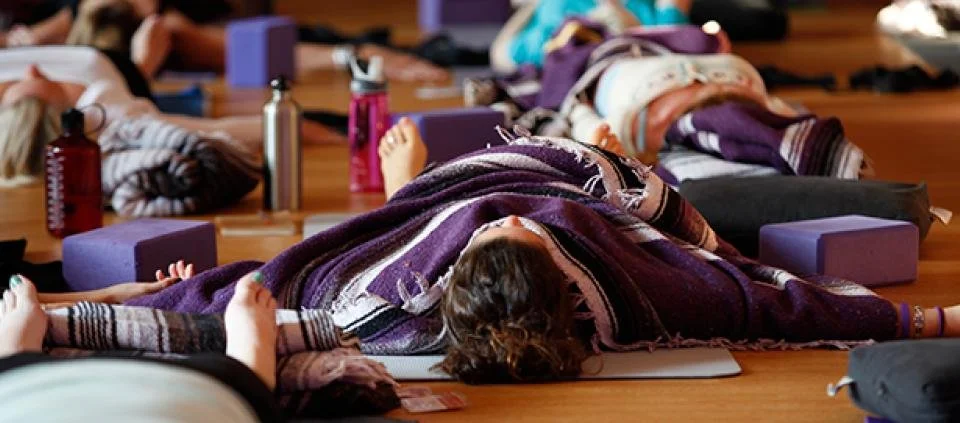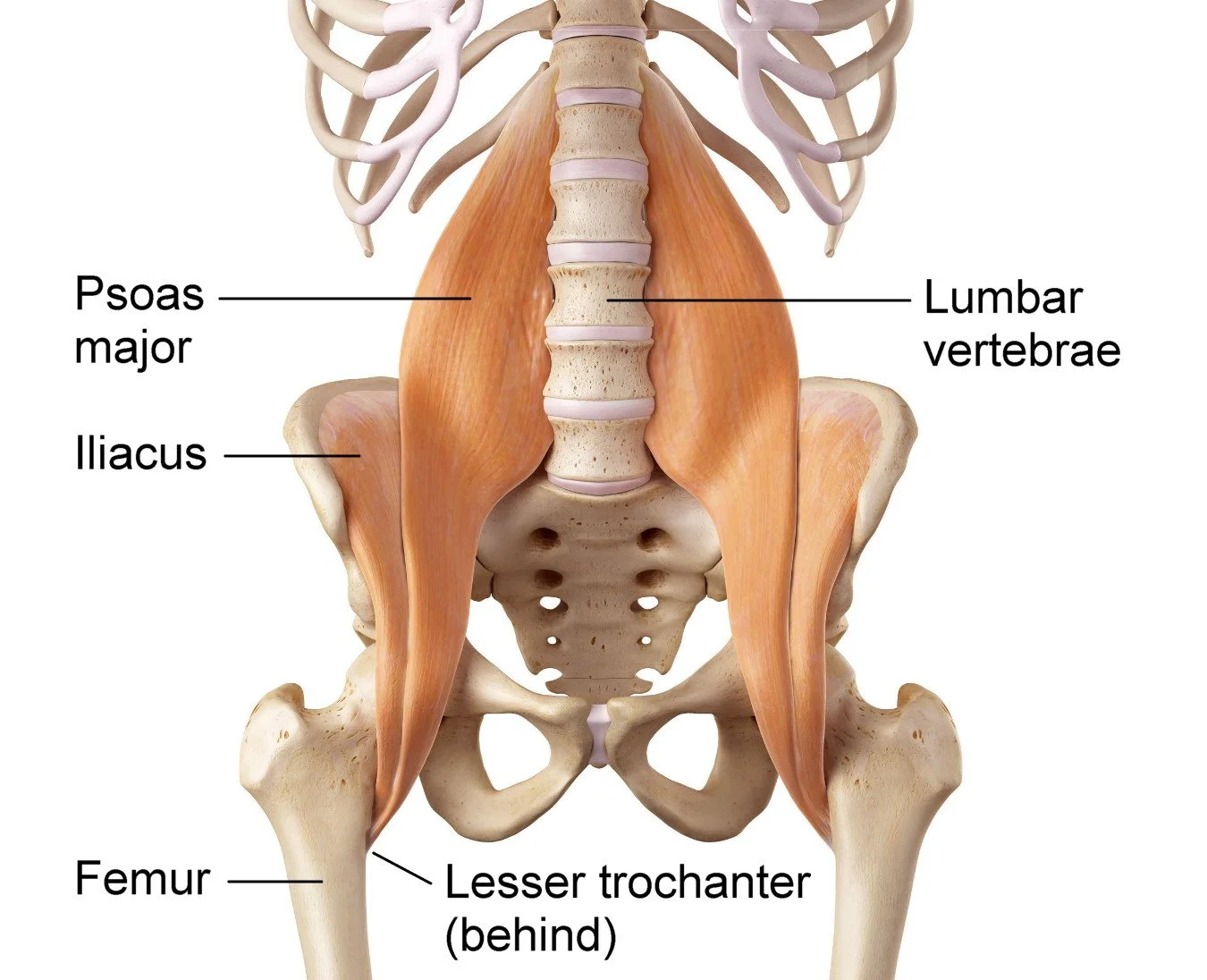Yoga Nidra: A Practice of Deep Rest and Inner Listening
Yoga Nidra, often called “yogic sleep,” is a guided meditation that invites deep rest for the body while keeping the mind gently alert. As you journey through the layers of your being, the body becomes completely relaxed, and the mind slips into a liminal state—between waking and sleep—where subconscious thoughts, emotions, and messages may rise to the surface.
During this practice, your brain gradually shifts from active beta waves (linked to thinking, doing, and often overthinking) into slower alpha and theta brain wave states. These slower rhythms invite deep relaxation, emotional release, and connection to the subconscious. At times, the brain may even dip into delta waves, associated with deep sleep and restoration. These brain states allow the nervous system to unwind while opening space for insight and healing.
In the silence beneath the surface, inner chatter may arise—unprocessed emotions, looping thoughts, or mental noise often buried by daily busyness. This “mental murmuring” is often part of what neuroscience calls the default mode network—or what some refer to as the worry circuit. It’s the part of the brain that replays the past, imagines worst-case scenarios, or critiques the self. Left unchecked, this circuit can amplify anxiety and self-doubt.
Yoga Nidra offers a gentle yet profound shift: rather than being swept up in the noise, you become the witness.
In this state, you’re not trying to stop the thoughts or fix them—you’re simply noticing. And in this noticing, something powerful happens: you step out of reactivity and into awareness. You begin to observe your inner world with compassion and neutrality. Over time, this witnessing becomes a form of inner re-parenting—offering presence to the parts of yourself that were never seen, held, or heard.
By holding space for what arises—without judgment—you create the conditions for insight, integration, and deep self-trust.
Yoga Nidra is a powerful practice for releasing stress, easing anxiety, supporting those with PTSD, and shifting patterns such as perfectionism, people-pleasing, and addiction. With consistent practice, many experience improved sleep, emotional clarity, increased self-worth, and a more grounded, mindful presence in daily life.
In a typical session, you’ll lie on your back or sit comfortably in a chair. Supportive props—like a bolster under the knees, a pillow under the head, a blanket for warmth, or an eye cover—are encouraged to help your body soften into stillness. Once you’re settled, your guide will lead you through a carefully crafted script designed to take your awareness on an inward journey.
Your only job is to listen. Even if you drift into sleep, your subconscious receives the benefits. You’ll naturally awaken when the session concludes, often feeling restored, clearer, and more connected to yourself.
Yoga Nidra with Stacey is not intended as a clinical treatment. It’s an invitation to return to your inner sanctuary—to the quiet beneath the chaos. This practice is often offered following a gentle slow flow, yin, or restorative yoga session, so the body is prepared for stillness and the heart is ready to listen.
"When you become the witness, the anxiety loses its grip. You remember you are more than the noise—you are the one listening."




